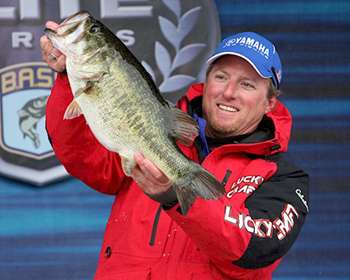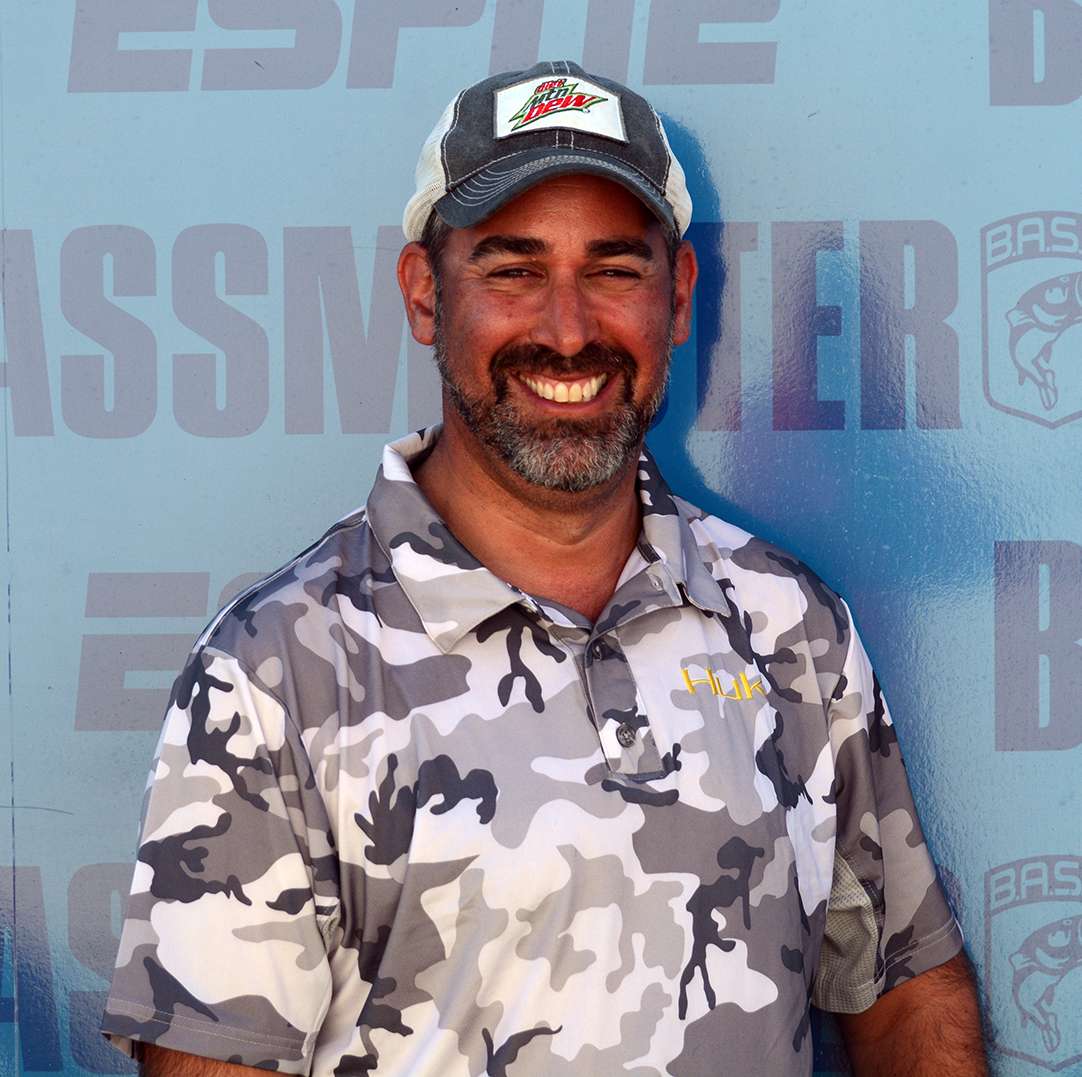
Texas pro Kelly Jordon got his elementary fishing education on famed Lake Fork, which he says is the ultimate classroom for learning how to fish deep diving crankbaits on offshore structure.
"Growing up on Lake Fork, when you find bass on a piece of deep structure, a lot of times there won't be five or 10, there will be a thousand of them, so you've got a pretty good laboratory to work with," he says.
As a result, he's spent countless hours honing his understanding of deep cranks, and the main lesson he has taken away is that it pays to be versatile. He has favorite models, favorite colors, even favorite individual baits, but if his chosen tool isn't getting the job done, he won't hesitate to switch.
"Everybody's partial to their pet crankbaits," he explains. "But at times you have to give them a different look. On Fork, there have been times when I've sat there and caught one on every cast for as long as I wanted to throw it. Then I would try other crankbaits." If the others didn't work, he could refine his search to find the characteristics that worked.
Sometimes, it's a matter of local preference.
"There are lakes where it seems they prefer one crankbait over another," he says. "For some reason, they trigger more fish. I don't really know why. But I will tell you right now that on Lake Fork, if you're throwing any deep diver other than a Lucky Craft D20, you're costing yourself a few bites. One similar to that is a (Norman) DD22 — that would be second, and then after that every other deep diving crankbait is a distant third, fourth or fifth. You can catch bass on them, but it's just not what they like."
Even if there's a particular bait that outshines all the rest, two baits of the same size, model and color may not produce at the same rate. "There are always some crankbaits that'll catch them better than others, just for whatever reason," he says. "You can tell pretty quickly."
But even if the fish are keyed in on one bait year after year, it can pay to have an open mind. Sometimes conditions may dictate a change away from a local or personal favorite. If you can isolate the factor that makes a difference, you'll eke out extra bites.
Some are more flat sided, some have a wider wobble, some have a tighter wobble," Jordon points out. "Some you can fish faster than others. Some are good for going real slow, walking over rocks and stumps or keeping contact with the bottom. Some dive steeper and get down quicker than others, and that may be critical if you're fishing real deep because you want to maximize your time of contacting the bottom or the cover that you're trying to hit.
But sometimes there's simply no identifiable reason why bass prefer one crankbait over another. "If you're catching fish every cast and you quit catching them, and you know they're still there, that's when you change up baits," Jordon says. "Give them a different look. You can change colors, but that's not as critical as the action. It comes back to letting the fish tell you what will trigger them."
But the flip side can apply as well, Jordon says. "If you're fishing a spot that you know has fish on it and your pet crankbait isn't catching them, you should throw a different crankbait. If they suddenly quit biting, or you catch one that's barely hooked, try a different crankbait. It changes not only month to month and day to day, but also hour to hour. You need to be prepared to give them that change."





